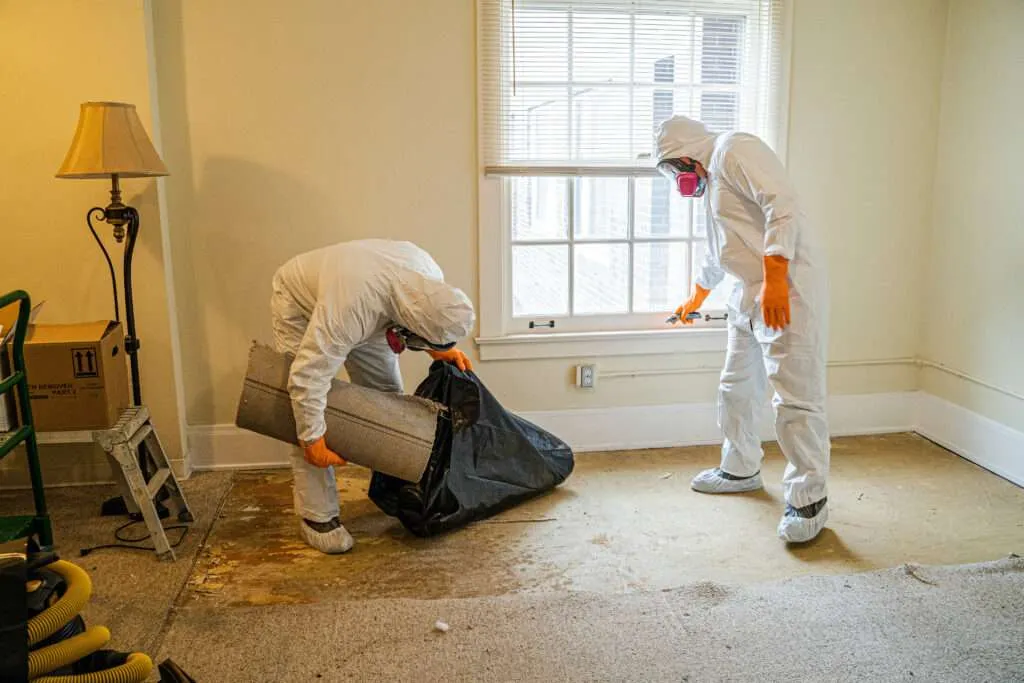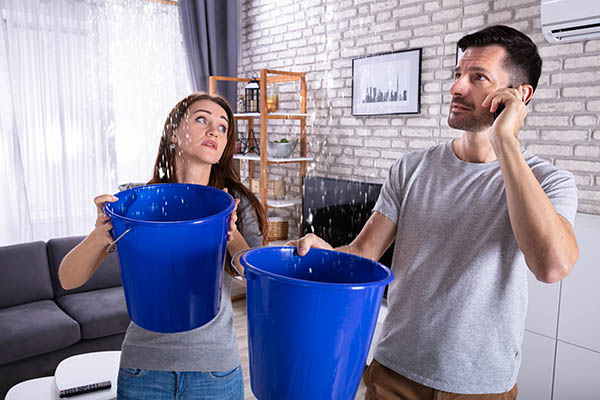The ultimate homeowner’s guide for Water Damage Restoration
Water Damage Restoration 101: Comprehending the Process and Price
Water damage can strike all of a sudden, leaving homeowners in a state of confusion. Understanding the remediation procedure is essential for efficient recovery. From assessing the damage to choosing the best provider, each action influences the overall outcome and price. Elements such as the kind of water damage and seriousness also play a significant role. What are the specific techniques utilized in repair, and just how can one plan for possible costs?
Kinds Of Water Damage
Water damage can occur from different sources, each offering distinct challenges for restoration. The three primary kinds of water damage are classified based upon contamination levels: tidy water, grey water, and black water. Clean water originates from resources like damaged pipes or rain, posing marginal health and wellness dangers. Gray water, which includes wastewater from sinks or cleaning makers, includes contaminants that might cause pain or health problem if ingested. Black water, the most dangerous category, originates from sewage or floodwaters, having damaging bacteria and microorganisms. Each type demands details repair methods and security procedures to effectively resolve the damage and mitigate wellness risks. Recognizing these distinctions is important for specialists and property owners associated with the water damage repair procedure.
Preliminary Analysis and Inspection
A detailed initial evaluation and inspection are crucial actions in the water damage remediation procedure. This stage starts with a specialist evaluating the extent of the damage, determining the resource of the water invasion, and determining the sort of water entailed - Water Damage Restoration. Professionals utilize specific equipment to measure moisture levels in various materials, such as walls, floors, and furniture. Additionally, they analyze architectural honesty and possible health and wellness hazards, consisting of mold and mildew development. The findings from this assessment notify the restoration strategy, guiding required activities and source allowance. Exact documents of the damage is essential for insurance cases and future recommendation. In general, this first evaluation prepares for effective reconstruction, making certain a detailed action to the specific circumstance available

Water Extraction Techniques
Adhering to the first assessment, effective water removal strategies are used to alleviate damage and stop more problems. These techniques include using customized equipment such as submersible pumps and industrial-grade vacuums. The selection of method depends upon the quantity of water present and the kind of materials impacted. For standing water, completely submersible pumps are generally used for fast elimination, while vacuums are excellent for drawing out water from rugs and furniture. In addition, advanced methods like water removal mats might be used for hard-to-reach locations. The goal is to eliminate as much water as feasible, decreasing the possibility for mold growth and architectural damage. Prompt and effective water extraction is vital in the total water damage reconstruction procedure.
Drying and Dehumidification Process
Once the water removal is full, the drying and dehumidification process comes to be essential to recovering the damaged area. This stage usually utilizes industrial-grade dehumidifiers and air movers to effectively lower wetness levels. The dehumidifiers reel in moist air, getting rid of excess humidity, while air movers flow air to speed up dissipation. Monitoring tools is frequently utilized to track moisture and temperature levels, ensuring optimal drying out conditions. The period of this procedure can differ relying on the level of the water damage and environmental factors. It is important to extensively completely dry all affected materials, consisting of wall surfaces, flooring, and home furnishings, to avoid mold and mildew growth and structural damage. Appropriate implementation of this action is critical for a successful restoration outcome.
Cleaning Up and Sterilizing Afflicted Areas

First Analysis and Inspection
Before starting any type of restoration initiatives, a complete initial analysis and inspection of the influenced areas are crucial for reliable cleaning and sterilizing. This procedure includes recognizing the extent of water damage, establishing the source of the water intrusion, and assessing the materials influenced. Examiners commonly search for indicators of mold development, architectural integrity problems, and harmed possessions. The evaluation additionally includes examining wetness degrees utilizing specialized devices to guarantee no surprise water pockets remain, as these can result in additional problems. Documenting the findings is crucial for intending the next action in the repair process. An in-depth first analysis allows restoration specialists to create a targeted method for reliable cleaning and sterilizing, inevitably reducing damage and wellness dangers.
Cleaning Up Strategies and Products
Effective cleansing and sterilizing of water-damaged areas require a variety of items and techniques tailored to the certain products influenced. For permeable surfaces like drywall and carpeting, extraction methods are necessary to remove excess moisture, complied with by deep cleaning with specialized detergents. Non-porous products such as tile or metal can be cleansed making use of commercial-grade cleansers that properly remove pollutants. Steam cleaning is one more reliable strategy, particularly for carpets and upholstery, as it uses heats to eliminate bacteria and mold. Additionally, environmentally friendly items are significantly preferred for their safety and security and efficiency. Ultimately, picking the proper cleaning approaches and items not just ensures immediate tidiness however also aids in preventing more damage and wellness hazards connected with water intrusion.
Sanitization and Disinfection Methods
When dealing with water damage, correct sanitization and sanitation approaches are vital to ensure the security and wellness of the afflicted setting. After initial cleansing, surfaces need to be treated with appropriate anti-bacterials to remove pathogens, mold and mildew, and germs that grow in moist problems. Usual methods consist of the usage of EPA-approved chemical disinfectants, which can be used via spraying or wiping strategies. Additionally, ultraviolet (UV) light systems can successfully disinfect areas by neutralizing microbes without severe chemicals. The option of approach often depends upon the kind of materials influenced and the level of contamination. Ultimately, extensive sanitization not just recovers a safe space however also assists prevent future health and wellness threats connected with remaining wetness and mold and mildew development.

Repair Work and Restoration Options

Factors Influencing Restoration Costs
The level of water damage straight affects the remediation costs house owners can expect to incur. Factors such as the resource of the water, the duration of exposure, and the damaged products significantly affect prices. Tidy water damage from a broken pipeline is typically less expensive to restore compared to damage caused by sewage (Water Damage Restoration). Furthermore, the degree of contamination dictates the requirement for specialized cleansing and disposal solutions, even more Water Damage Restoration increasing expenditures. Geographic place also contributes, as local labor rates and schedule of restoration services can vary. The seriousness of the reaction affects costs; quicker interventions generally lead to decrease general expenses by preventing more damage. Understanding these variables is important for house owners when estimating remediation costs
The 3 key types of water damage are categorized based on contamination degrees: clean water, grey water, and black water. A detailed initial assessment and examination are essential steps in the water damage restoration process. For standing water, submersible pumps are typically made use of for fast removal, while vacuum cleaners are suitable for drawing out water from carpets and furniture. The extent of water damage straight affects the restoration sets you back property owners can expect to sustain. Tidy water damage from a broken pipeline is typically much less expensive to restore contrasted to damage caused by sewer.